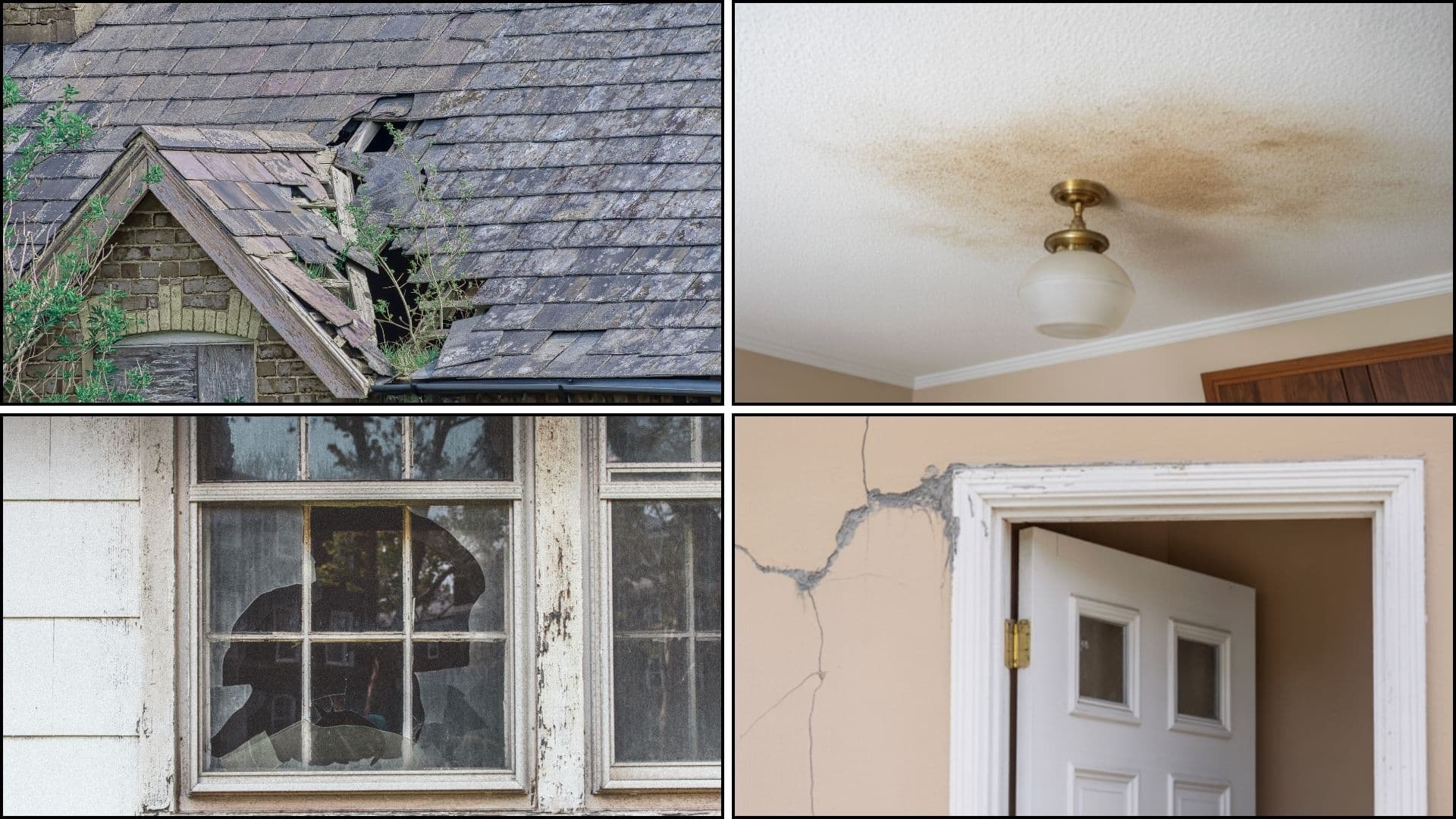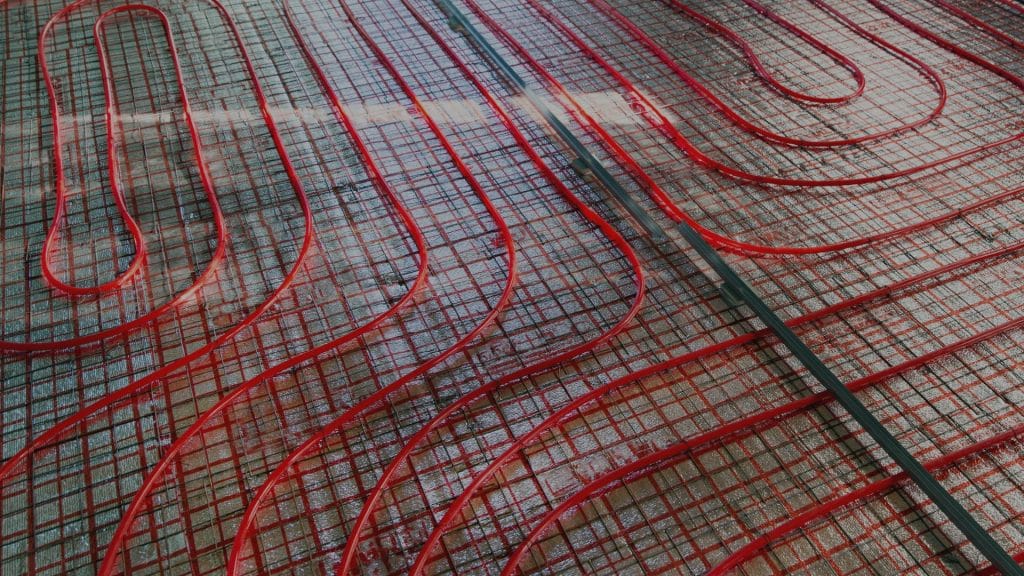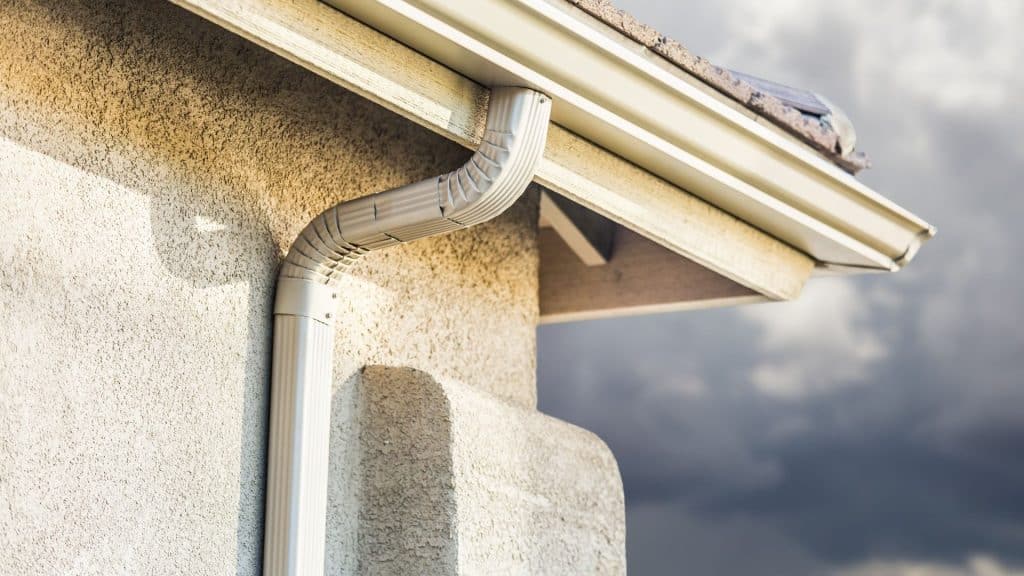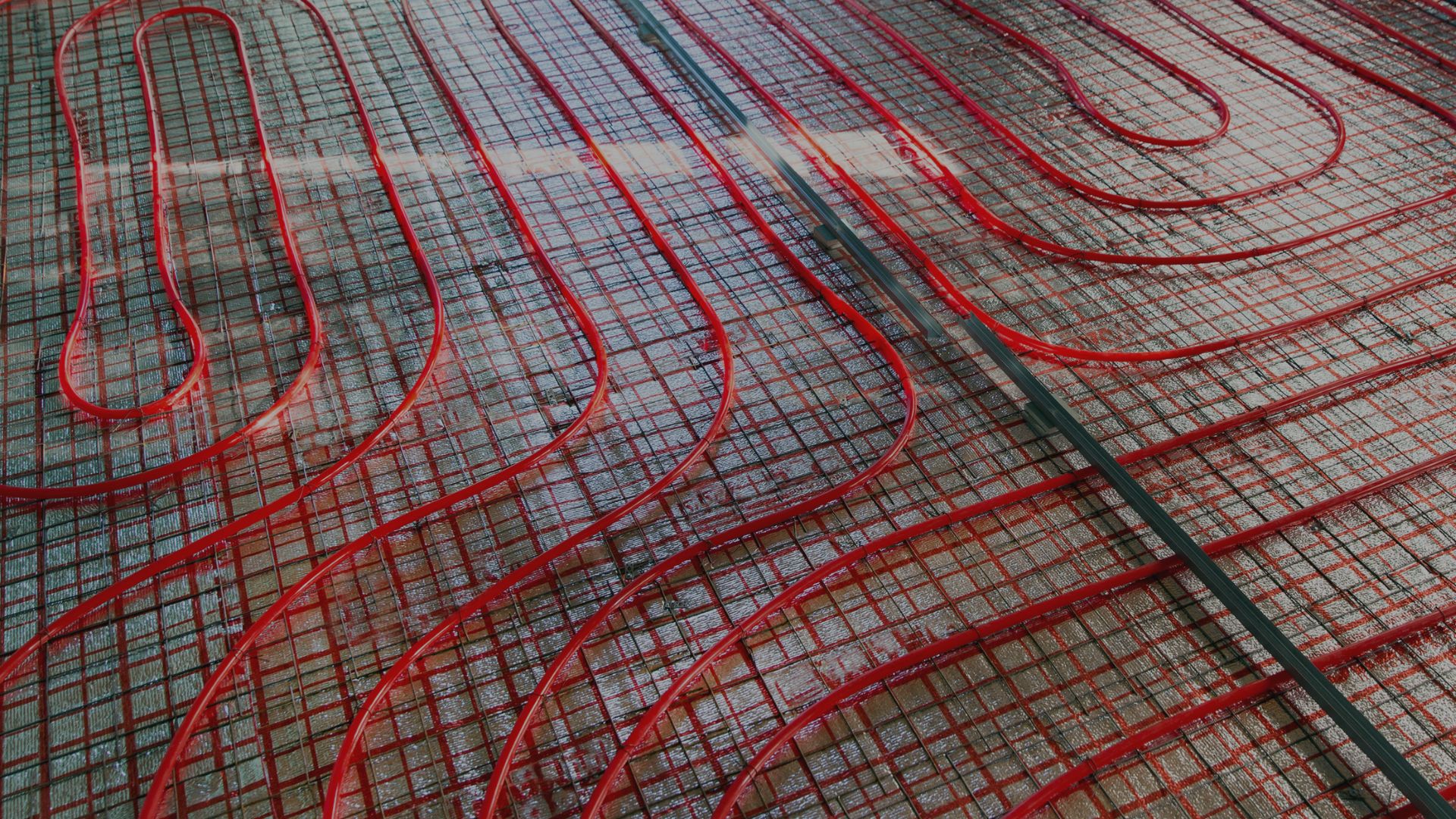Have you noticed missing shingles or strange sounds coming from your roof after a recent storm?
Wind damage can strike faster than most homeowners expect. Strong winds tear off roofing materials, break windows, and damage siding without warning.
Many people don’t realize the full extent of harm until leaks appear or problems worsen over time.
Wind damage isn’t just about fixing what you can see on the surface.
It requires thorough inspection and proper restoration to protect your home from future issues. Knowing how to respond quickly and choose the right help makes all the difference.
In this blog, I’ll show you everything you need to know about handling wind damage effectively.
How Wind Damages Homes and Roofs?
Wind creates powerful forces that stress your home’s exterior surfaces. Roofs suffer the most because they are directly exposed to strong gusts and flying debris.
When wind speeds exceed 50 miles per hour, shingles lift and tear away. Siding loosens, creating gaps where water enters. Windows and doors crack under intense pressure from sustained winds.
Trees and branches become dangerous projectiles during severe storms. They crash through roofs, puncture siding, and shatter windows. Even small debris causes significant damage at high speeds.
Your home’s age and construction quality affect wind resistance. Older homes are more vulnerable. Regular maintenance helps structures withstand powerful storms better.
Steps to Take After Wind Damage
Safety comes first after any storm passes through your area. Wait until authorities declare conditions safe before inspecting your property or attempting any repairs yourself.
Document everything you find as soon as possible. Take clear photos and videos of all damaged areas from multiple angles for your insurance claim records.
Immediate Actions:
- Contact your insurance company within 24 to 48 hours.
- Cover broken windows with plywood to prevent further damage.
- Place tarps over roof openings to stop water intrusion.
- Remove standing water quickly to prevent mold growth.
- Keep all receipts for emergency materials purchased.
Safeguard your home temporarily until professionals arrive to complete the repairs. Quick action prevents small problems from becoming expensive issues that complicate your insurance claims.
Common Signs of Wind Damage

Identifying wind damage early helps you avoid costly repairs and keeps your home safe in the long run. Look for these warning signs after storms pass through your area.
Visible Roof Issues
Missing or broken shingles are obvious signs of wind damage. Look for bare spots and curled edges. Granules collecting in gutters indicate shingles are deteriorating faster than normal.
Interior Warning Signs
Water stains on ceilings or walls suggest wind-created roof openings. Check your attic for dampness or visible daylight. Sudden increases in energy bills may signal reduced insulation effectiveness.
Exterior Damage
Dented flashing around chimneys and vents shows where wind struck hardest. Loose or missing gutters indicate severe pressure. Cracked siding or damaged window frames need immediate professional attention.
Structural Concerns
Wind damage sometimes affects the structure without obvious external signs. Listen for unusual creaking or for doors sticking in their frames. These subtle changes might indicate your home shifted during storms.
Wind Damage Repair Process Overview

When contractors arrive, they carefully examine every section of your property to detect hidden damage. This inspection reveals both visible damage and hidden problems that could cause trouble later.
You receive a comprehensive estimate detailing required work, materials, and costs. Reliable contractors clarify insurance coverage and outline which fixes require urgent attention first
Emergency Response: Temporary protection is installed immediately to prevent further damage. Tarping and boarding prevent water intrusion and secure your property until permanent repairs begin.
Timeline and Scheduling: Full repairs start once your insurance claim gets approved. Minor fixes are completed within days, while major restoration projects take weeks, depending on the extent of damage.
Materials and Installation: Matching materials are used to maintain your home’s original look. All work includes proper weatherproofing and follows current building regulations for lasting quality.
Final Steps: The crew removes all debris and verifies repairs are complete. A final inspection ensures that everything meets quality standards before your project is successfully closed out.
DIY vs. Professional Wind Repairs
Knowing when to handle repairs yourself versus calling professionals saves time, money, and potential safety risks. Consider your skill level and the extent of damage before making this decision.
| DIY Repairs | Professional Repairs |
|
|
Choosing the Right Repair Contractor
Selecting the right contractor ensures quality repairs and protects your investment. Research thoroughly and compare multiple options before making your final decision on who handles your repairs.
Essential Checks:
- Verify current licenses and insurance coverage.
- Read online reviews and customer testimonials.
- Request references from recently completed projects.
- Get detailed written estimates from three contractors.
- Avoid storm chasers and upfront payment demands.
- Choose established local businesses with permanent addresses.
Compare what each quote includes beyond the bottom-line price. Ask questions about materials, timeline, warranty coverage, and payment schedules before signing any contracts or agreements.
Tips to Prevent Future Wind Damage
Regular maintenance and strategic upgrades significantly reduce your home’s vulnerability to wind damage. Taking preventive measures now saves thousands in future repair costs and protects your investment.
- Regular Roof Maintenance: Schedule annual inspections to catch small problems early. Replace worn shingles promptly and ensure all flashing remains secure and properly sealed throughout the year.
- Tree and Yard Management: Trim trees near your home to prevent branches from hitting your roof. Remove dead trees and keep your yard clear of loose items that become projectiles.
- Impact-Resistant Materials: Upgrade to impact-resistant shingles for better protection against wind and hail. Consider architectural shingles, which offer superior wind resistance compared to standard options.
- Structural Reinforcements: Install hurricane straps and clips to reinforce connections between your roof and walls. These additions significantly improve your home’s ability to withstand strong winds.
- Seasonal Inspections: Inspect your roof after every major storm, even if no damage is visible. Clean gutters twice yearly and check caulking around windows and doors annually.
Wrapping It Up
To summarize, defending your property against wind damage begins with prompt action and ongoing attention after storms.
Recognizing warning signs early allows you to address issues before they escalate into major expenses.
Experienced repair teams handle complex restoration tasks efficiently, ensuring your home is fully restored.
Choosing qualified local businesses with proper credentials ensures your investment receives quality care and warranty protection.
Preventive maintenance, like routine inspections, tree trimming, and material upgrades, strengthens your home’s defenses against future weather events.
Taking these steps now safeguards your family’s comfort and your property’s value for years ahead.
What concerns do you have about protecting your home? Share your questions below.












